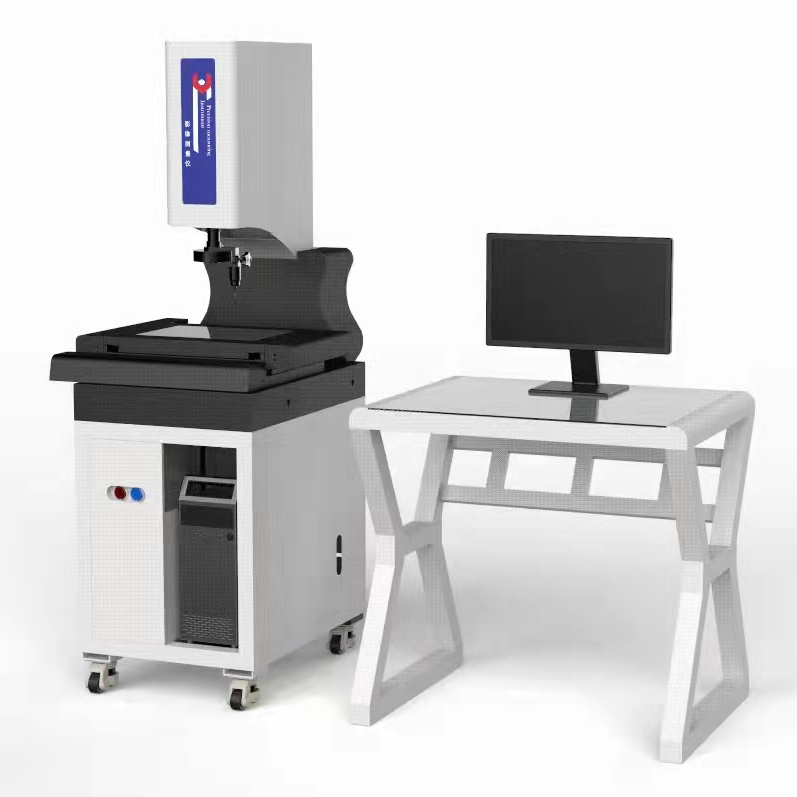(A) Rice Field Selection and Facilities. Choose a rice field with a reliable water source, good drainage and irrigation systems, and no risk of water leakage. Install anti-escape barriers around the paddy to prevent turtles from escaping. A thick plastic film can be used to create a 50–80 cm high wall, and asbestos tiles can also be added for extra security. The goal is to keep the turtles within the field. Dig several trenches in the field, each about 30–50 cm deep and 40–60 cm wide. In the center of the field, construct a spawning area measuring 5 meters long and 1 meter wide, which can double as a mud pit for turtles. Place a 45-degree slope around the area made of sand so that turtles can easily climb up and lay their eggs.
(B) Turtle Species Selection. It's best to use aquatic turtles such as grass turtles, yellow-throated turtles, colorful turtles, snapping turtles, and silver-line turtles. Avoid using dry-eared turtles or species known for climbing, like eagle turtles, four-eyed turtles, and six-eyed turtles. Choose species based on local conditions, but aim for uniformity in size to ensure even feeding and avoid food shortages. Turtles can be raised either alone or in combination, depending on the setup.
(C) Stocking Density. After planting the rice, you can introduce the turtle species. For breeding purposes, it's recommended to stock about 120 turtles per acre (with a male-to-female ratio of 2:1). If raising turtles for market, release young turtles weighing 80–100g at a rate of 2000 per acre, or 2–3-year-old hatchlings (8–10g) at a similar rate. Ensure that the turtles are healthy, disease-free, and suitable for the environment before placing them in the field.
(D) Feeding Practices. Feed the turtles regularly, in fixed quantities and at set times. The presence of insects and small aquatic animals in the paddy can reduce the need for supplemental feeding. You can introduce snails, loaches, or other small creatures into the field, allowing them to multiply naturally and serve as a food source for the turtles. Additionally, plant feed such as red amaranth or linden can be grown in the field, and weeds are also nutritious for turtles.
(E) Daily Field Management. Since turtles consume plant-based food, avoid using herbicides. Their waste can act as natural fertilizer, reducing the need for chemical fertilizers by about half. Maintain a water level of 6–10 cm in the field. During hot weather, frequently irrigate the field to keep the water clean and fresh.
(F) Disease Prevention and Pest Control. Turtles help control pests in the rice fields, so insect populations are usually low. Occasionally, some pests may appear on the upper parts of the rice stalks. Use low-toxicity pesticides when necessary, and spray fine mist to avoid direct contact with the water. Before applying chemicals, consider giving turtles a detoxification treatment and move them to a safe area if needed. Protect against predators such as snakes, rats, and birds. Intestinal inflammation is the most common illness in paddy-raised turtles. Add a small amount of furazolidone or entericin to the feed every two weeks. Wild plants like iron leeks, purslane, and ground koi are effective in preventing this condition. Due to the low density and clean environment, disease outbreaks are rare.
At the end of the season, turtles can be harvested and sold before winter. Those not sold can be moved to ponds or indoor enclosures for breeding, where they can overwinter naturally.
Full-automatic Video Measuring Machine
The Full-automatic Video Measuring Machine is an artificial intelligence modern optical non-contact measurement instrument developed based on the digital image measurement instrument (also known as CNC image instrument). The full-automatic video measuring machine inherits the excellent motion accuracy and motion control performance of digital instruments, integrates the design flexibility of machine software, and belongs to the forefront of optical size detection equipment today.
The full-automatic video measuring machine is based on the CCD digital image, relying on the computer screen measurement technology and the powerful software capability of spatial geometry operation. After installing specialized control and graphic measurement software, the computer becomes the measurement brain with the soul of the software and is the main body of the entire device. It can quickly read the displacement value of the optical ruler and obtain the desired result instantly through software module operations based on spatial geometry; And generate graphics on the screen for the operator to compare the images and images, to visually distinguish possible deviations in the measurement results. All of this is done in real-time in front of powerful computer computing power, and the operator himself cannot detect it. This kind of precision instrument that can use CCD digital image, through computer software operation, to meet the needs of complex measurement is the real image measuring instrument.

The full-automatic video measuring machine has a wide range of applications in precision electronics, wafer technology, cutting tools, plastics, precision parts, springs, stamping parts, connectors, molds, military industry, two-dimensional reading, drawing, engineering development, hardware and plastic, PCB board, conductive rubber, powder metallurgy, screws, clock parts, mobile phones, pharmaceutical industry, fiber optic devices, automotive engineering, aerospace, higher education institutions, research institutes, and other fields.
Full-automatic Vision Measuring Machine,Full-automatic Vision Measuring Machine,Automated Video Measuring Machine,Vmm Video Measuring Machine Manufacturers and Suppliers in China
Zhejiang dexun instrument technology co., ltd , https://www.dexunmeasuring.com